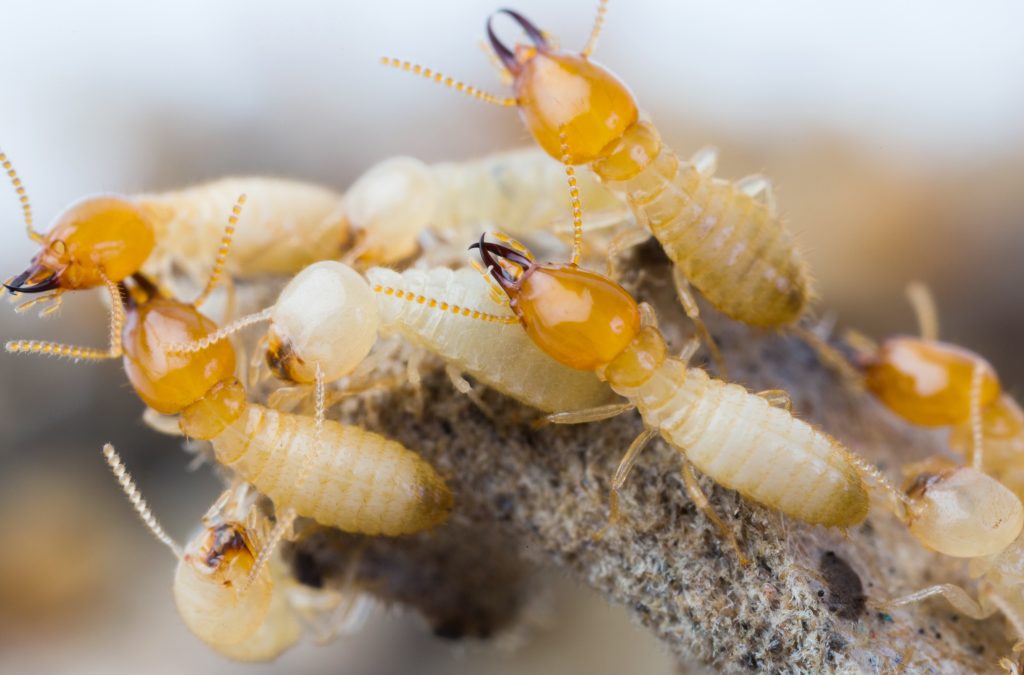Termites are among the most misunderstood and under-recognized pests in Virginia. Despite their small size and unassuming demeanor, termites can cause significant damage to homes and businesses. In this article, we will explore the extent of the termite presence in Virginia and what you need to know to protect your property from their destructive activities.
Types of Termites Found in Virginia
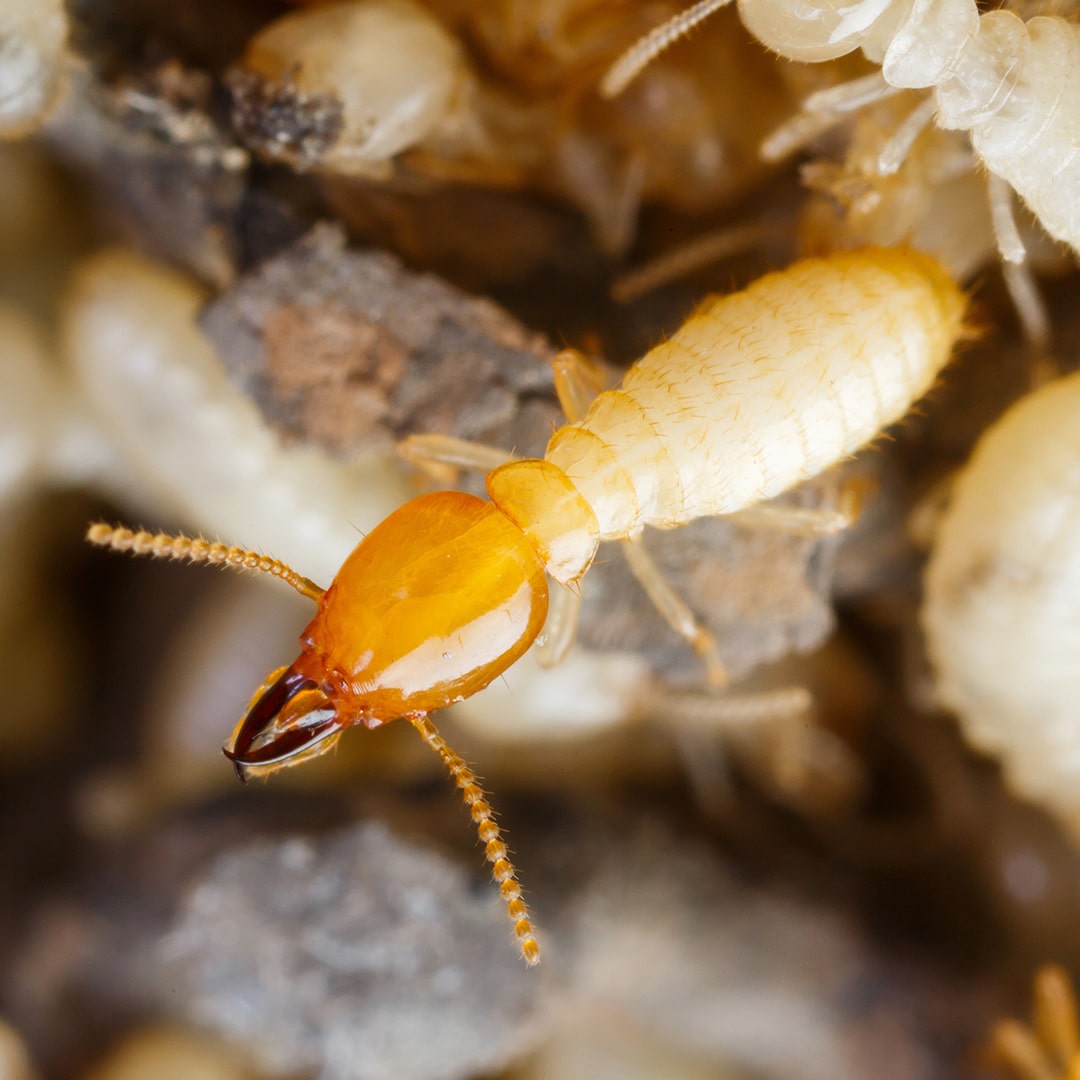
| Species | Description |
|---|---|
| Eastern Subterranean Termites | Eastern subterranean termites are the most common type of termite found in Virginia. They feed on wood and other cellulose materials. They form large colonies made up of thousands of workers, soldiers and reproductives. |
| Formosan Termites | Formosan termites are an invasive species of termite found in Virginia. They are similar to Eastern subterranean termites in size and shape, but they have a more aggressive appetite and can cause greater damage to wood structures. |
| Dampwood Termites | Dampwood termites are found in areas of Virginia with high humidity and damp wood. They feed on decaying wood and do not require contact with soil to survive. They do not form large colonies, but they can cause extensive damage to wood structures if they are not treated. |
| Drywood Termites | Drywood termites are found in drier areas of Virginia. They feed on dry wood and do not require contact with soil to survive. They form smaller colonies than other species of termites and can cause extensive damage to wood structures if they are not treated. |
Signs of a Termite Infestation
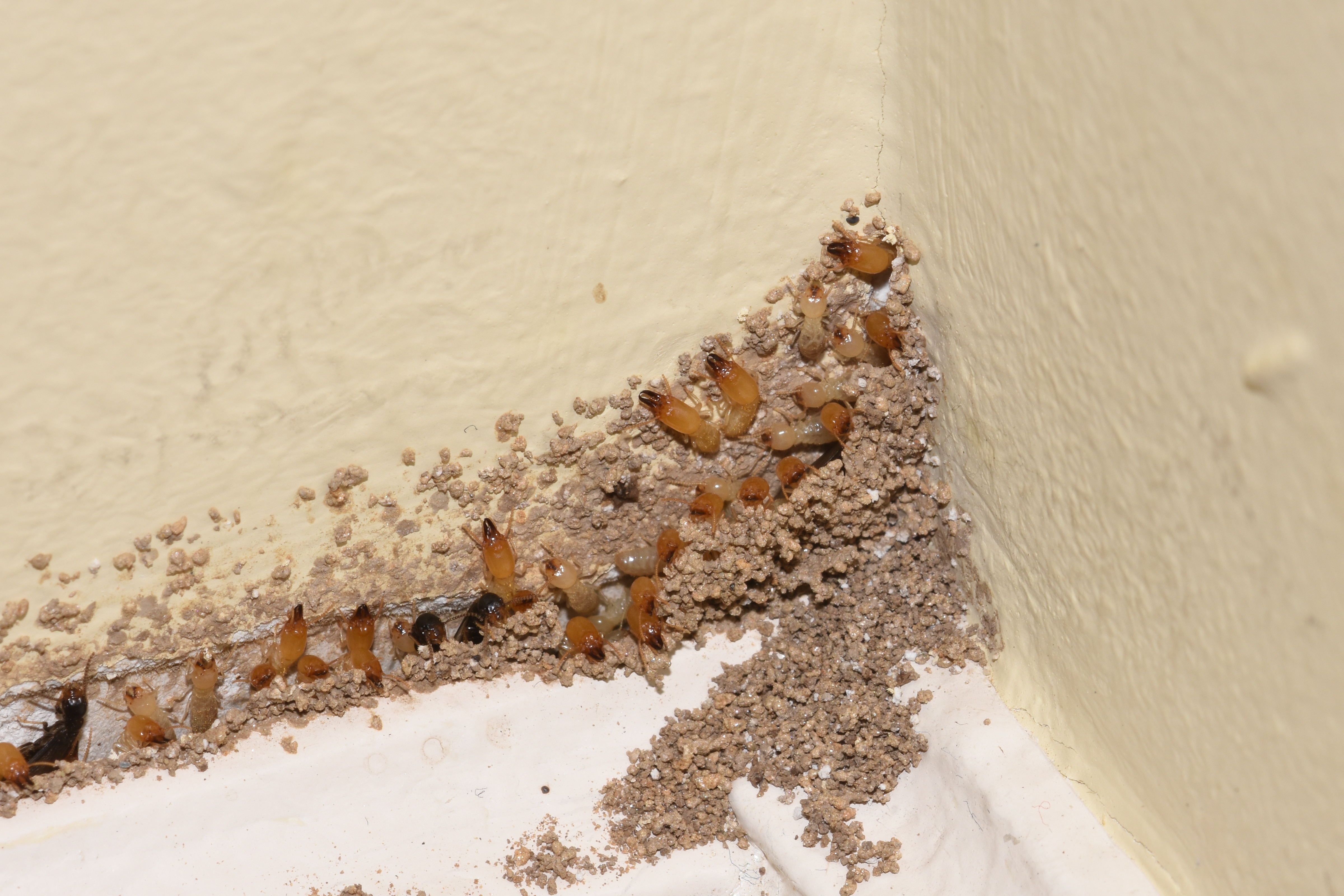
| Sign | Description |
|---|---|
| Visible Termites | Seeing termites in and around your home, such as around window frames or door frames. |
| Mud Tubes | Small, grayish-brown pathways on the walls, furniture, and other surfaces, made of termite saliva, fecal matter, and soil. |
| Hollow Wood | Wood that has been damaged by termites will sound hollow when tapped. |
| Bubbling Paint or Wallpaper | Termites will cause bubbling paint or wallpaper due to the presence of moisture. |
| Frass | Small piles of wood shavings or sawdust that accumulates near infested wood. |
| Flying Termites | Seeing flying termites, also known as swarmers, indicates a mature termite colony. |
| Discarded Wings | Termites shed their wings after mating. Finding these wings in your home is a sign of an infestation. |
Prevention and Treatment of Termite Infestations

- Inspect your home and property regularly for signs of termites.
- Remove wood, paper, and other cellulose-based materials from around the foundation of your home.
- Eliminate excessive moisture and improve ventilation around your home and yard.
- Repair any leaks or cracks in your foundation and seal any entry points where termites could enter.
- Remove dead trees and stumps near your home.
- Treat the soil around your home with an approved insecticide.
- Use bait systems to attract and kill termites.
- Hire a pest control professional to inspect and treat your home for termites.
Professional Termite Control Services
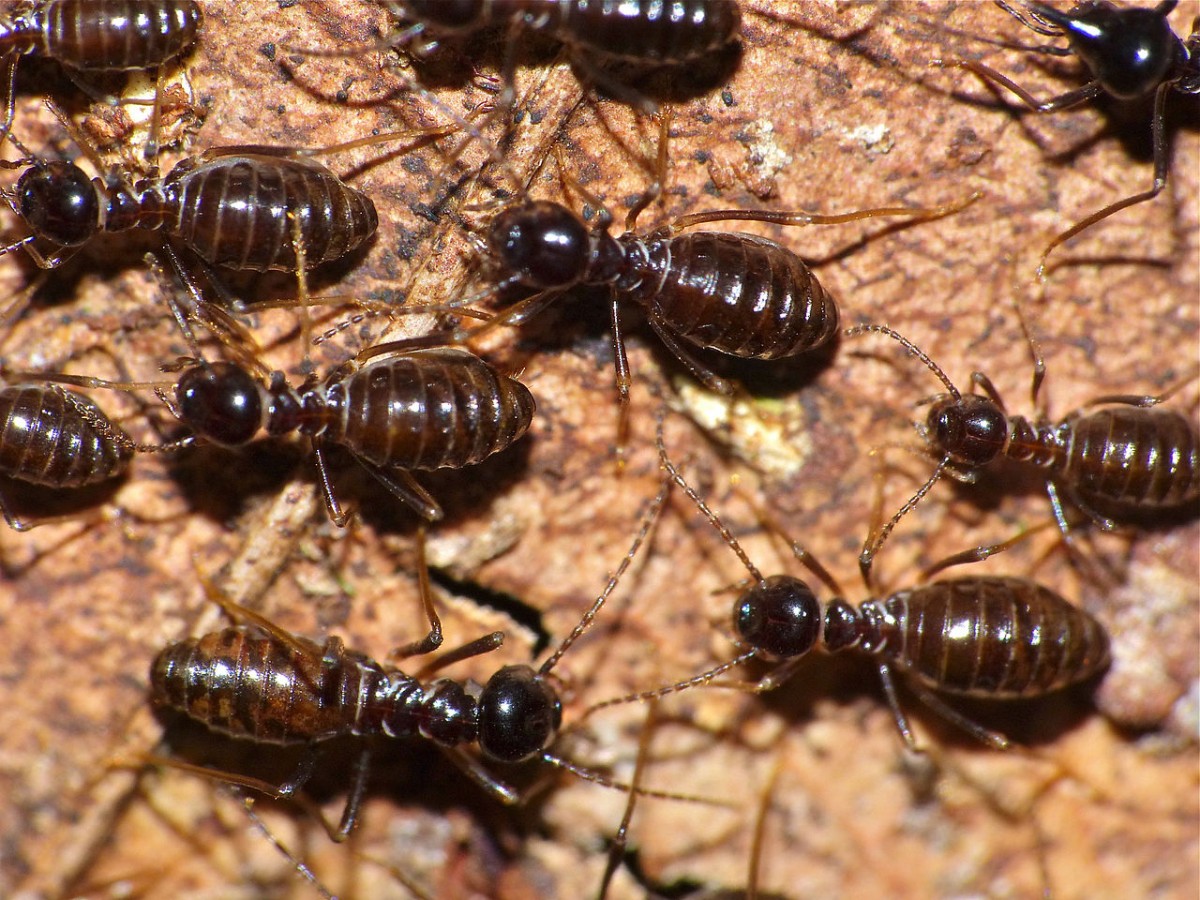
- Inspection of property to identify termite activity and risk.
- Identification of termite species.
- Treatment methods such as baiting, liquid treatments, and physical barriers.
- Installation of termite control products such as baiting systems or liquid treatments.
- Follow up inspections and monitoring services.
- Repair of termite damage.
- Advice on termite prevention.
DIY Termite Control Options
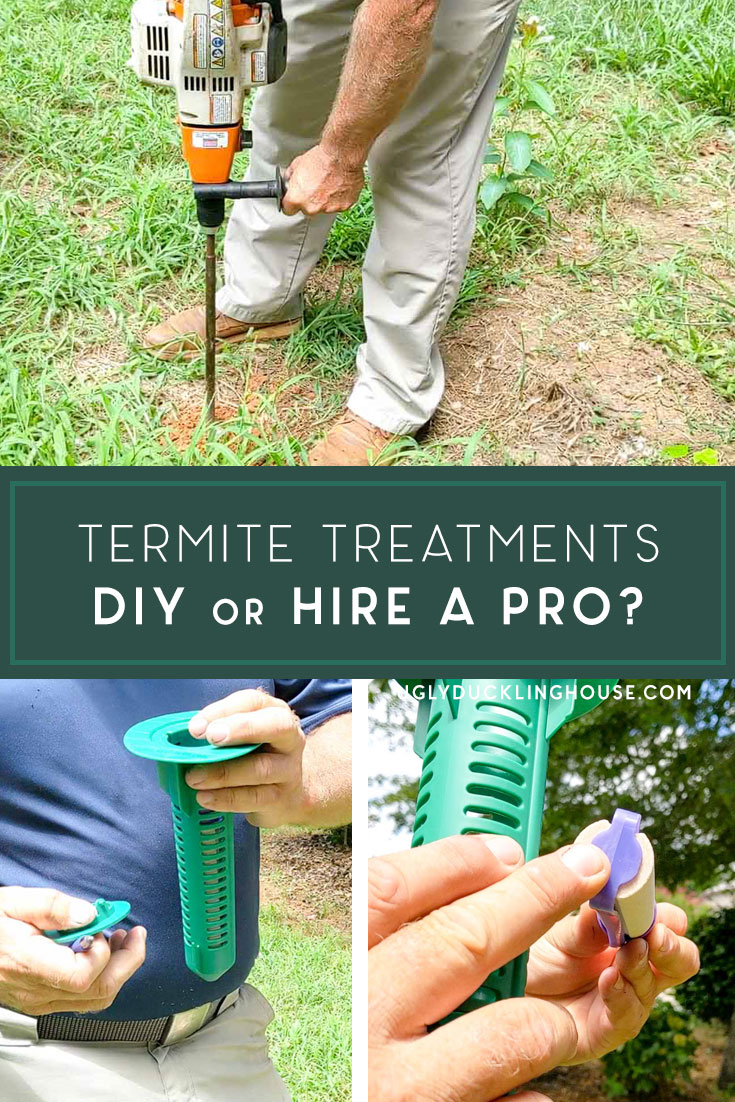
| Option | Description |
|---|---|
| Barrier Treatment | Installing a physical or chemical barrier between the soil and the wood that the termites are attacking. |
| Bait Stations | Installing bait stations that contain an insecticide that will kill the termites. |
| Liquid Treatment | Applying liquid insecticides to the soil and wood around the home. |
| Monitoring Devices | Installing monitoring devices that detect termite activity and alert homeowners. |
| Prevention | Making sure your home is properly maintained and sealed to prevent termites from entering. |
DIY termite control options include barrier treatment, bait stations, liquid treatment, monitoring devices, and prevention. Barrier treatment involves installing a physical or chemical barrier between the soil and the wood that the termites are attacking. Bait stations are installed and contain an insecticide that will kill the termites. Liquid treatment involves applying liquid insecticides to the soil and wood around the home. Monitoring devices can be installed that detect termite activity and alert homeowners. Prevention involves making sure your home is properly maintained and sealed to prevent termites from entering.
Natural Termite Control Solutions
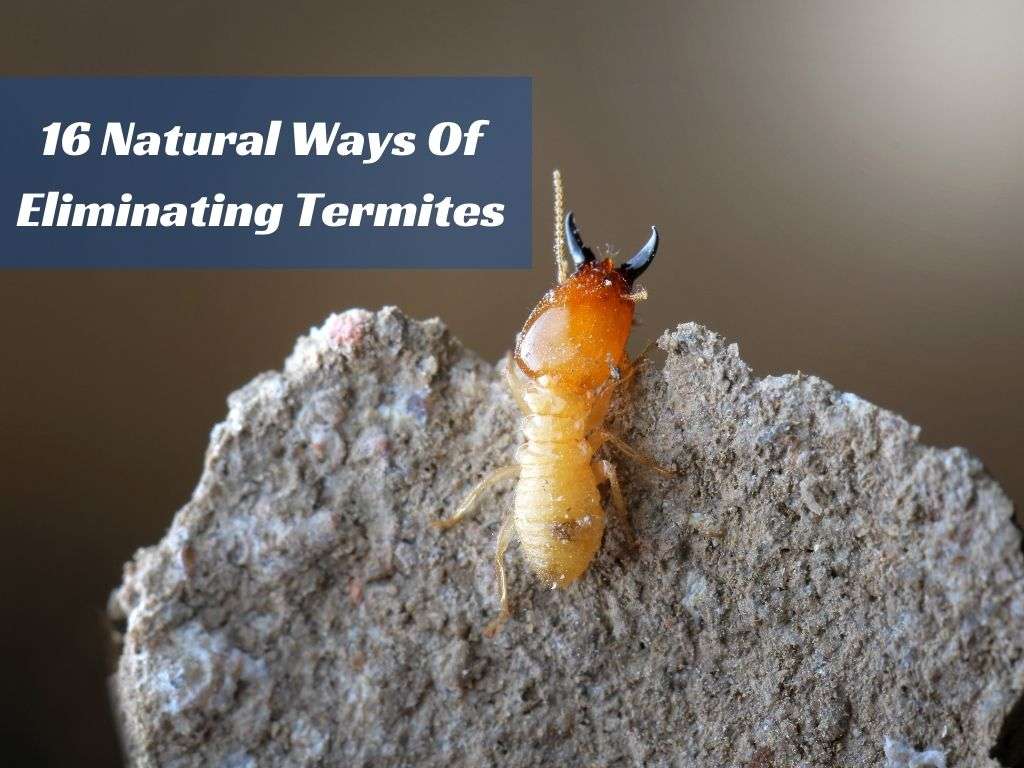
- Mulching: Wood mulch provides a suitable habitat for termites, so it should be kept away from your home. If you have mulch near your foundation, keep it at least 15-20 feet away.
- Moisture Control: Remove any standing water around your home and fix any plumbing leaks. Use a dehumidifier to reduce the humidity levels in your home.
- Wood Treatment: Treat any vulnerable wood with borates or boric acid to make it less attractive to termites.
- Seal Gaps: Seal up any small gaps in your foundation and around door and window frames to keep termites out of your home.
- Remove Dead Wood: Remove any dead wood from your yard, such as fallen tree branches or logs.
- Spray Vinegar: Spray a mixture of vinegar and water around the foundation of your home to repel termites.
- Plant Repellents: Plant certain herbs and plants around your home to naturally repel termites, such as mint, lemongrass, and chilli pepper.
Building Codes and Regulations Regarding Termite Control
- The Virginia Uniform Statewide Building Code (USBC) requires that all new construction be designed and constructed to resist decay, termite damage, and other wood-destroying insects.
- The USBC also requires that all wood used in construction be treated with an approved wood preservative prior to installation.
- All wood structural elements must be protected from moisture and termite damage by either treatment with an approved wood preservative or use of an approved physical barrier.
- The USBC requires that all existing buildings must be inspected for evidence of termite infestation and treated as necessary.
- The USBC requires that any areas of existing buildings that are subject to termite damage must be protected by either a physical barrier or an approved chemical treatment.
- The Virginia Pest Management Regulations require that all pest control operators must be licensed and certified to apply termiticides in accordance with label directions.
- The Virginia Pest Management Regulations also require that all applications of termiticides must be made in accordance with the label directions, and any other applicable laws.
- The Virginia Pest Management Regulations require that all pest control operators must keep records of all applications of termiticides.
- The Virginia Pest Management Regulations also require that all pest control operators must provide written notification to the homeowner prior to any application of termiticides.
- The Virginia Pest Management Regulations also require that all pest control operators must provide the homeowner with a written report of the results of the application at the completion of the job.
The Impact of Termites on Virginia’s Ecosystem
- Termites are a major cause of wood damage in Virginia, destroying anything from structures to trees.
- They can cause significant economic losses, as they can destroy homes, businesses, and other infrastructure.
- They can also cause an increase in other pests, such as ants, roaches, and fleas, as they provide a food source for these pests.
- Termites can also damage crops, as they can damage the roots of plants, reducing their yields.
- Termites also have an ecological impact, as they are a major food source for wildlife, such as birds, rodents, and other animals.
- They can also alter the soil structure, as they can cause soil erosion, making the soil less fertile.
- Termites can also create an imbalance in the ecosystem, as they can interfere with the natural food chain, disrupting the balance of predators and prey.
Frequently Asked Questions
What are the signs of Termites in Virginia?
Termites in Virginia can be identified by their mud tubes, which are used to gain access to food sources, and by the presence of winged termites, also known as swarmers. Other signs of termites include damage to wood and the presence of frass, which are small droppings from termites. Homeowners should also look for bubbling or cracked paint, which could signal that the wood underneath is infested. If termites are suspected, it is important to contact a professional for proper identification and treatment.
How can I identify a termite infestation in my home?
The most common signs of termite infestation are the presence of swarms, discarded wings (from reproductive termites), mud tubes, and damage to wood. Swarms are large numbers of termites that fly out of the ground or wood to mate. Discarded wings are an indication that the termites have created a new colony. Mud tubes are tunnels made of mud and soil that termites construct on the outer surfaces of a home in order to reach food sources. Lastly, termite damage to wood is often accompanied by a hollowed out, “blistered” appearance.
What can I do to prevent a termite infestation in Virginia?
To prevent a termite infestation in Virginia, homeowners should regularly inspect the exterior of their home for signs of termites and seal any cracks or crevices in the foundation or exterior walls. Additionally, homeowners should remove any wood debris or mulch near the foundation of their home, as this can provide a food source for termites. It is also important to remove moisture sources around the foundation, such as leaking pipes, standing water, or poor drainage, as this can attract termites. Finally, homeowners should have a termite inspection conducted by a professional pest control service every year to ensure that their home is not at risk of an infestation.
What are the most effective treatments for termites in Virginia?
The most effective treatments for termites in Virginia include chemical treatments, baiting systems, whole-structure fumigation, and removal of infested wood. Chemical treatments involve applying a termiticide to the soil around the home and creating a barrier to prevent termites from entering the structure. Baiting systems are placed around the home to attract and kill foraging termites. Whole-structure fumigation involves covering the entire structure with a tent and introducing a fumigant to exterminate the entire colony. Removal of infested wood involves digging up and replacing infested wood with new, treated lumber.
Are there any species of termites found exclusively in Virginia?
Yes, there are several species of termites that are found exclusively in Virginia, such as the eastern subterranean termite, and the Formosan subterranean termite. These species are native to the state, and are found in abundance in wooded and rural areas. Other species of termites found in Virginia include the drywood termite, the dampwood termite, and the western subterranean termite.
Conclusion
Termite infestations can cause extensive damage to Virginia homes, leading to costly repairs. In order to protect your property, it is important to be aware of the signs of a termite infestation and to take steps to prevent them from occurring. Regular home inspections and preventive treatments can reduce the chance of a termite infestation, which can save homeowners both time and money. Additionally, homeowners should be aware of the risk of termite infestations in the Virginia area and be prepared to take action if they suspect an infestation.

